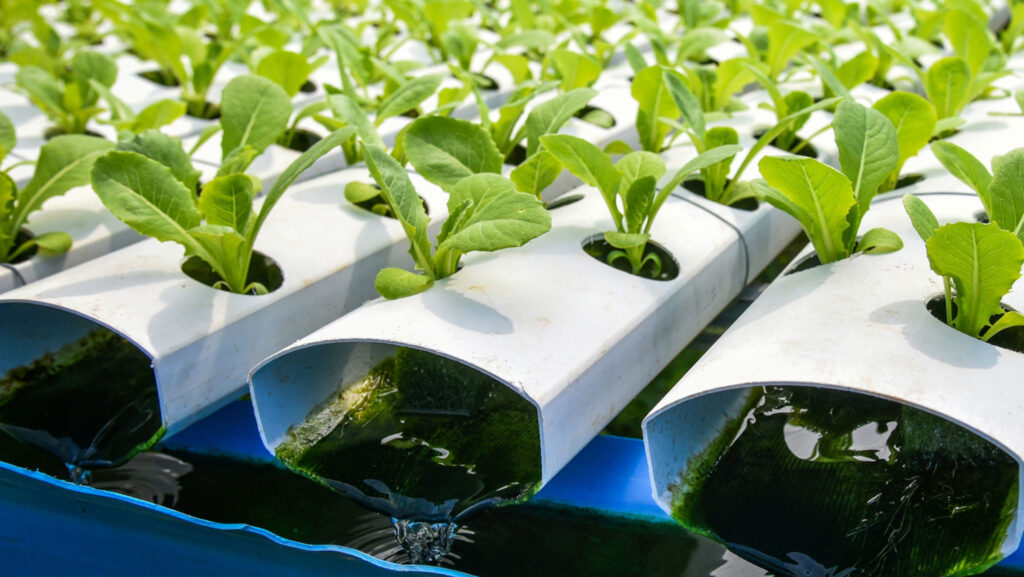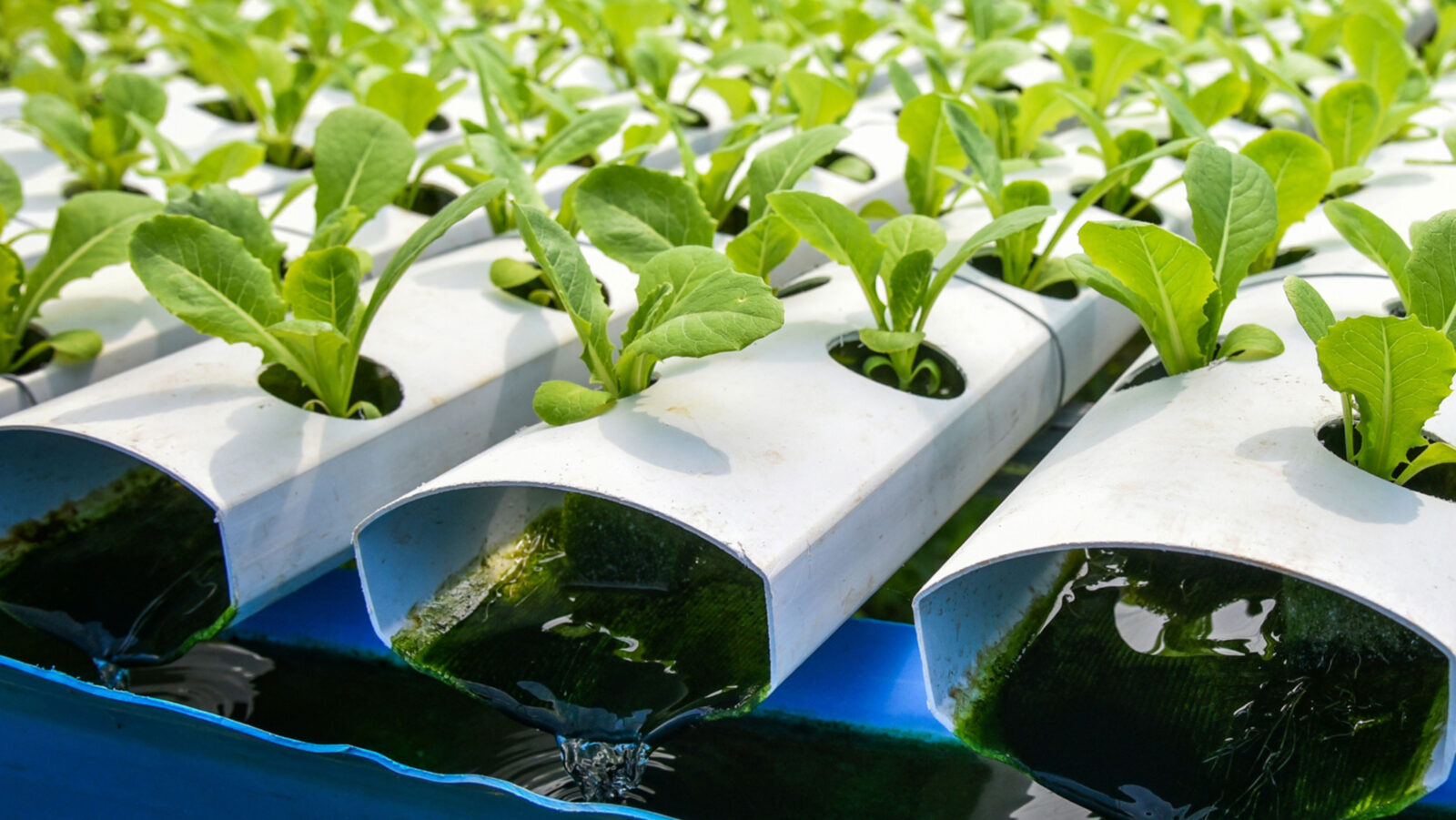
Have you ever wanted to grow your own fresh vegetables and herbs without soil? Learning how to start a hydroponic garden is the perfect way to enjoy fresh produce year-round right from your own home. Hydroponic gardening uses a nutrient-rich water solution and a soil-free environment to help plants thrive faster and more efficiently. Whether you’re a beginner or a gardening enthusiast, this guide will show you how to get started with your very own hydroponic setup.
What Is a Hydroponic Garden?
Before diving into how to start a hydroponic garden, it’s important to understand what hydroponics actually is. A hydroponic system allows plants to grow in a nutrient-rich water solution instead of traditional soil. This method promotes faster growth, higher yields, and better control over nutrients. Hydroponic gardens can be set up indoors or outdoors and are ideal for limited spaces.
Choose The Right Hydroponic System
There are several types of hydroponic systems to choose from, including the nutrient film technique, deep water culture, ebb and flow, aeroponics, and wick systems. Each method comes with its own setup and maintenance levels. Beginners often start with deep water culture or wick systems due to their simplicity. Selecting the right system is a key step in how to start a hydroponic garden.
Select A Suitable Growing Medium
Although hydroponics eliminates the use of soil, plants still need a growing medium to support their roots. Common growing mediums include rockwool, clay pellets, perlite, and coco coir. Each has different water retention and aeration properties, so consider the type of plants you’re growing when choosing a medium. This step is crucial when learning how to start a hydroponic garden.
Gather Essential Supplies And Tools
To efficiently start a hydroponic garden, gather all the necessary supplies. These typically include grow lights, a reservoir, air stones, water pumps, net pots, and hydroponic nutrients. Make sure your space has access to electricity and good ventilation. Having all your tools ready sets the foundation for a successful hydroponic system and aligns with the steps on how to start a hydroponic garden.
Choose The Right Plants To Grow
Not all plants thrive in hydroponic environments. For beginners, leafy greens like lettuce, spinach, and kale, as well as herbs like basil and mint, are ideal. These plants have a short growth cycle and adapt well to soilless growing. Selecting the right crops will make the process of how to start a hydroponic garden more manageable and rewarding.
Maintain Water Quality And Nutrient Balance
A successful hydroponic garden depends heavily on the quality of the water and the balance of nutrients. Regularly check and adjust the pH level (usually between 5.5–6.5) and ensure your plants are receiving adequate nutrients. Investing in a pH meter and EC (electrical conductivity) meter can help you track these metrics and guide you through how to start a hydroponic garden with precision.
Set Up Proper Lighting And Environment
Light is a crucial element in hydroponic gardening, especially if you’re growing indoors. Use LED grow lights or fluorescent bulbs to provide the necessary light spectrum for growth. Ensure your plants get 12–16 hours of light daily and maintain a temperature between 65–75°F. Creating an ideal environment is a major component in how to start a hydroponic garden successfully.
Monitor Growth And Prevent Pests
Once the system is running, consistently monitor plant growth for any signs of deficiencies or pests. Unlike soil-based gardening, hydroponics is less prone to bugs, but mold or algae can still occur if water management is poor. Regular system checks and keeping your garden clean are smart habits when learning how to start a hydroponic garden effectively.
Scale And Expand Your Hydroponic Garden
After getting comfortable with your first setup, consider expanding your hydroponic garden to grow more plants. You can add more nutrient reservoirs, build vertical systems, or automate watering and light cycles. As you gain experience, scaling becomes easier and turns a hobby into a sustainable food-producing venture—a fulfilling goal in mastering how to start a hydroponic garden.
Starting a hydroponic garden may seem complex at first, but with the right knowledge and tools, it becomes an incredibly rewarding experience. By following these essential steps—from choosing the right system to monitoring plant health—you can create a productive and sustainable growing space right in your own home. Now that you know how to start a hydroponic garden, it’s time to put your green thumb to work and enjoy fresh, home-grown produce all year long.






